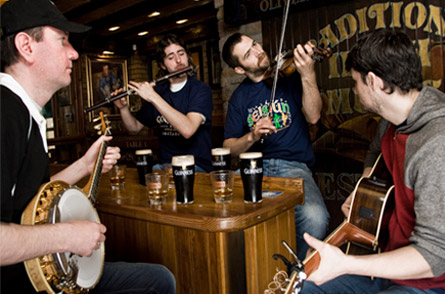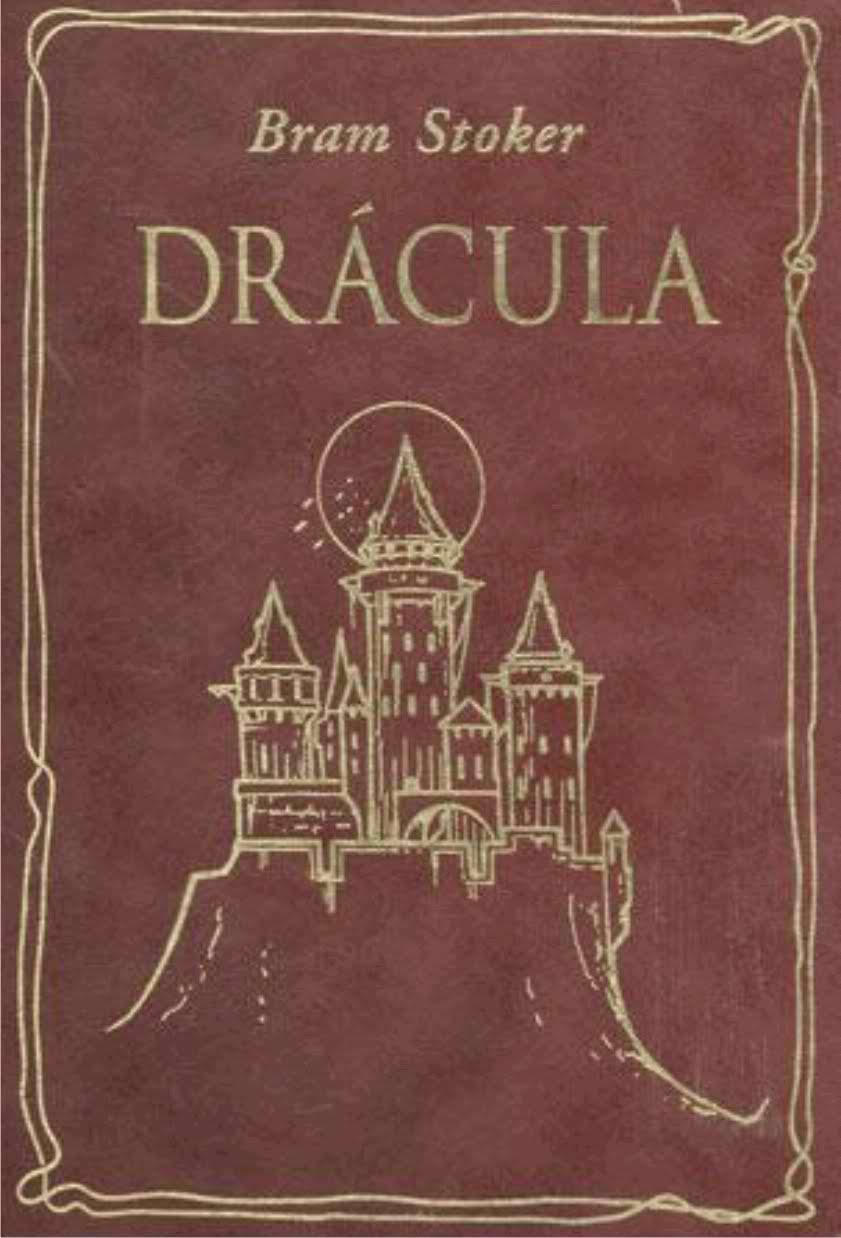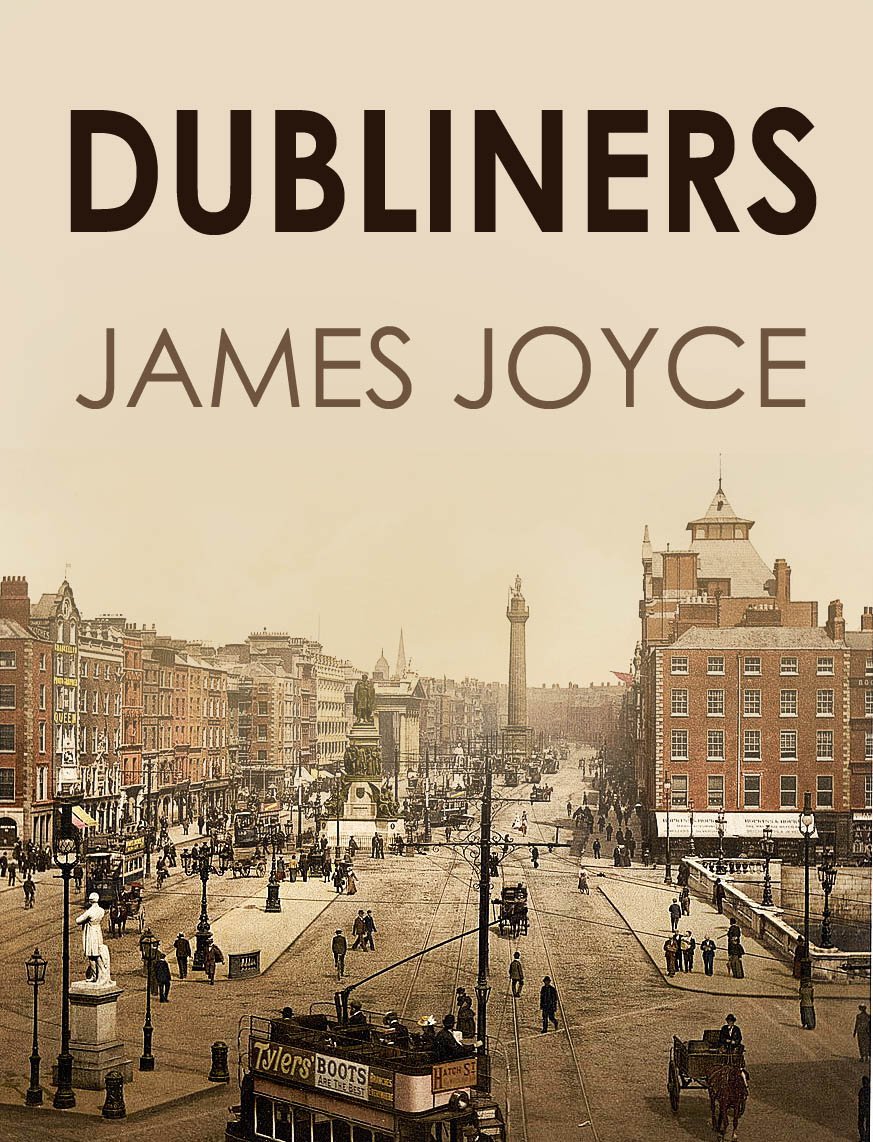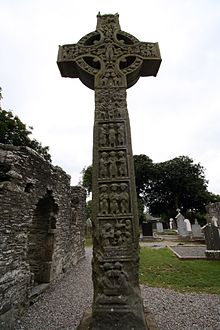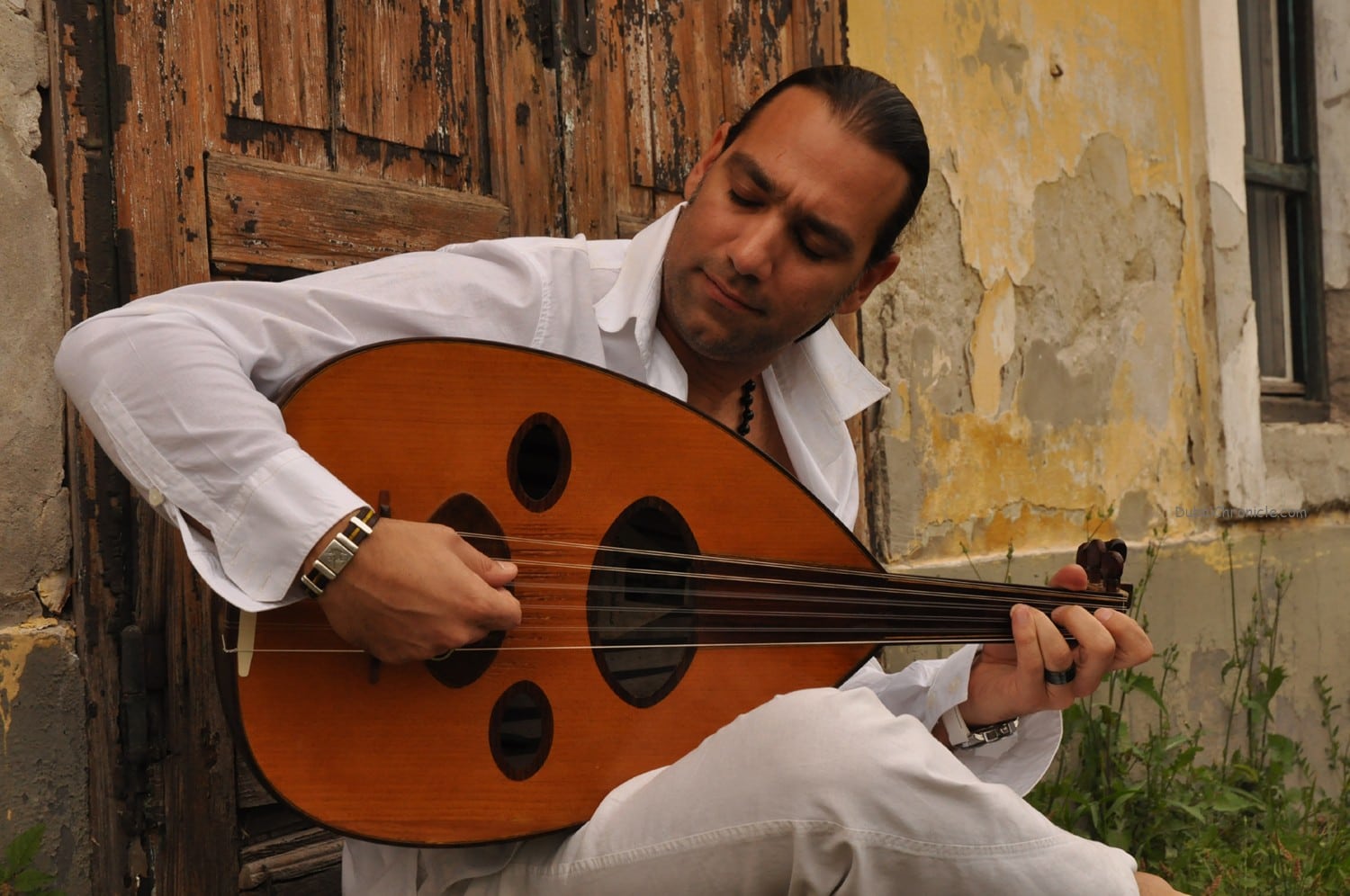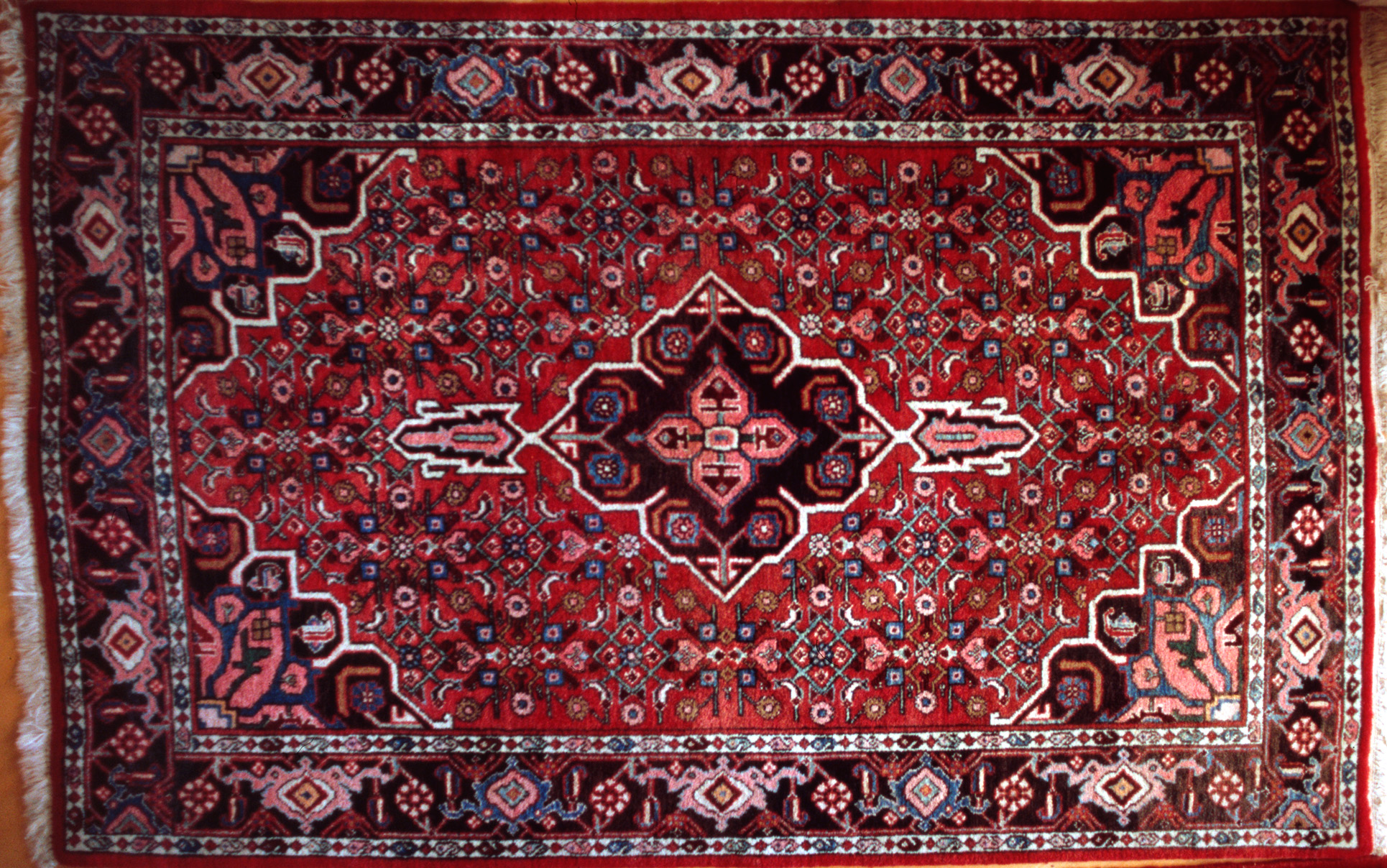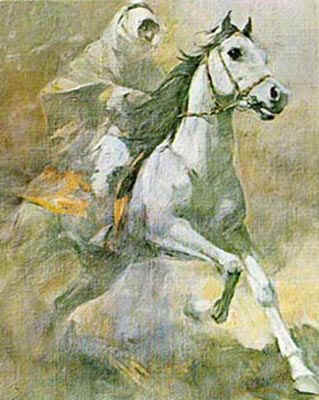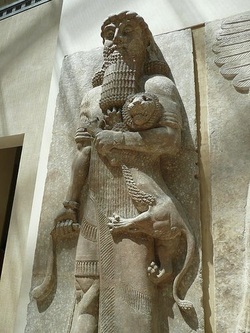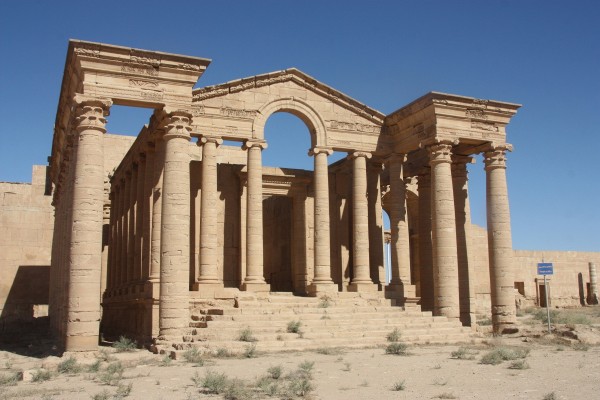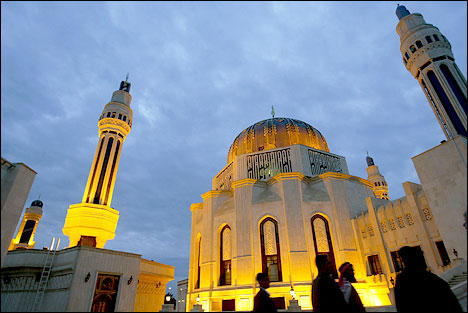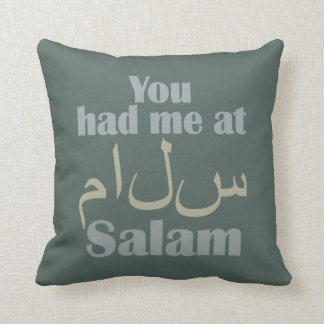The weather has finally become warm, and we’ve had
some of our first spring storms. The kids are wrapping up the school year and
squeezing in their final field trips. I think they had a pretty good year. My
daughter received second place among 3rd Graders in a district-wide
math contest a few weeks ago, and I’m so happy that my son has made huge
strides from the beginning of Kindergarten to now. Now, I just have to figure
out something to do with them for nearly six weeks during their summer break.
I’m thinking of teaching them Japanese lessons and piano lessons, which means I
only have a week to come up with some kind of “lesson plans.” Good thing the
library and the parks department also have a ton of free things to do this
summer.
 |
| It looks good; it smells good... |
But in order to mark the end of my daily peace and
quiet, I’m going to celebrate with some Irish food. The first thing I’m making
today is Irish white soda bread. (There’s also a brown soda bread variety made
with wheat flour.) It’s a bread of few ingredients. I started by mixing 4 c of
all purpose flour, 1 tsp of baking soda (except that I used baking powder
because my husband put the baking soda on top of the fridge where I couldn’t
possibly see it or know that it was up there so I thought we were out), and 1
tsp of salt in a large bowl. Then I slowly added in 16 oz of buttermilk and
stirred until it became a sticky dough, adding a little flour to stop it from
being too sticky. I only kneaded this
lightly because too much kneading would allow the gasses to escape. Then I
shaped it into a round shape and put it in my springform cake pan (the one that
I don’t trust to make a cake anymore) and cut a cross in the top of it. Before
I put it in my 425º oven, I covered it with a large glass lid (to simulate
what’s called a bastible pot) and baked it for 30 minutes. Then I removed the
lid and let it continue baking for another 18 minutes. It looked browned on
top, and the bottom sounded hollow, but when I cut it open, it looked like it
needed another 5-8 minutes. Regardless, the parts that were done tasted really
good. Not to mention that the edge of the pan burnt the most inconvenient part
of the underside of my forearm when I was trying to get the bread out. So now I
have to start my injury counter over.
 |
| I love cabbage. Cabbage and potatoes remind me of my childhood. We'll try a different cut of meat next time, though. |
The main dish for today is bacon and cabbage. In the US around St. Patrick’s Day,
many Irish-American families (and the Irish-for-a-day families) serve corned
beef and cabbage. But in Ireland,
it’s with bacon. And from my massive amounts of research this week trying to
figure this all out, there are several different types of bacon and many
different terms for it. So, here’s what I gathered, and please correct me if
I’m wrong: American bacon is thinner, comes in strips, is generally fattier,
and is cut from the pork belly. American bacon is almost always cured and
smoked and is often called “streaky bacon” in the UK and Ireland. Irish bacon
is thicker, more like a thin cutlet, and is also called back bacon, coming from
the loin in the middle of the back. In the US, this is called Canadian bacon. (My
dad used to cook green beans in jowl bacon, which is smoked and cured cuts from
the cheeks of the pig. It also tends to be fairly fatty but adds a good flavor.)
Not to mention all the other cuts of pork (cured or uncured) where we get
hocks, slab bacon, fatback, gammon, rashers, salt pork, and a number of other
cuts. So, needless to say, I drove to several stores including a meat market,
and I still could not find any kind of back bacon. So, I bought several
packages of Canadian bacon and hope that it’s close enough for Hoyle. Since
it’s precooked, I didn’t have to cook it for an hour and a half. I did,
however, put my Canadian bacon in a pot and boil it for a several minutes. I
could skip ahead to cutting up my cabbage into chunks and taking out the thick
stalks. I put my cabbage in a pot and boiled it for about five minutes. Then I
added in some of the water from the meat and cooked it until the cabbage was
tender. After it was done, I drained it well and seasoned it with black pepper.
Once my meat has been boiled for a few minutes, I sprinkled the slices with
breadcrumbs and a little bit of brown sugar. If I were using actual back bacon,
I would’ve put them in the oven to brown for a bit. Although the meat and the
cabbage are supposed to be served side by side, I ate them together. I think I
would’ve been better buying the jowl bacon, thick cut (American style) smoked
bacon, or even salt pork instead of the Canadian bacon. This dish needed the
fat, and there was none with the Canadian bacon. Next time, I may go that
route. But otherwise, it was very good.
 |
| The best part of the meal. Clearly. |
And finally, an Irish meal wouldn’t be complete
without some potatoes, and for this, I chose colcannon. I peeled and cut up
about seven russet potatoes and boiled them. While my potatoes were boiling, I
cut my kale into smaller slices and cut out the stalks. In a separate pot, I boiled my kale as
well just until it has wilted and turned a darker shade of green. It didn’t
take to long, a few minutes at the most. Once the kale was done, I drained it,
then turned the heat back on to try to dry up some of the excess moisture. Then
I added 1/3 of a stick of butter to the kale. When the potatoes were done, I
drained them and heated them again to try to remove the excess moisture from
the potatoes. Then I added in some heavy cream along with another 1/3 of a
stick of butter and the chopped scallions. I put it back on low heat just to warm
the milk and melt the butter. Then I mashed the potatoes, milk, and butter
together, adding in the kale to the mix. Just before I served this, I added a
little salt and made a well in the center to add the last 1/3 of a stick of
butter in the middle to melt, stirring everything together. Lastly, I topped
this off with freshly chopped chives. This clearly was everyone’s favorite.
(Although it would’ve been better with a little bacon grease mixed in.) It was
such the perfect comfort food. I will be sure to make this one again.
 |
| Loved it all! I can't wait for leftovers tomorrow. Aw, it's too bad the kids'll be at school. |
This meal was really good. I enjoyed it even though
it tried to prove how tough I am. Of course, there were things that I’d do
differently next time (like wear welding sleeves when I cook), but these are
definitely recipes that I would make again. The colcannon seems like the
perfect Thanksgiving dish. Heck, both of them for that matter. I had pulled a
recipe for Irish coffee, which consists of pouring a shot of Irish whiskey into
coffee and pouring cream on top; however, I forgot to go back out and pick up
some Irish whiskey. But now that I’m full from dinner, I could really go for
some Irish coffee right now. After reading about Ireland, its people, and its
poetry, I’ve come to realize how tough and resilient the Irish people are. And
it makes me proud to have a bit of Irish in me somewhere in the mix.
Up next: Israel
